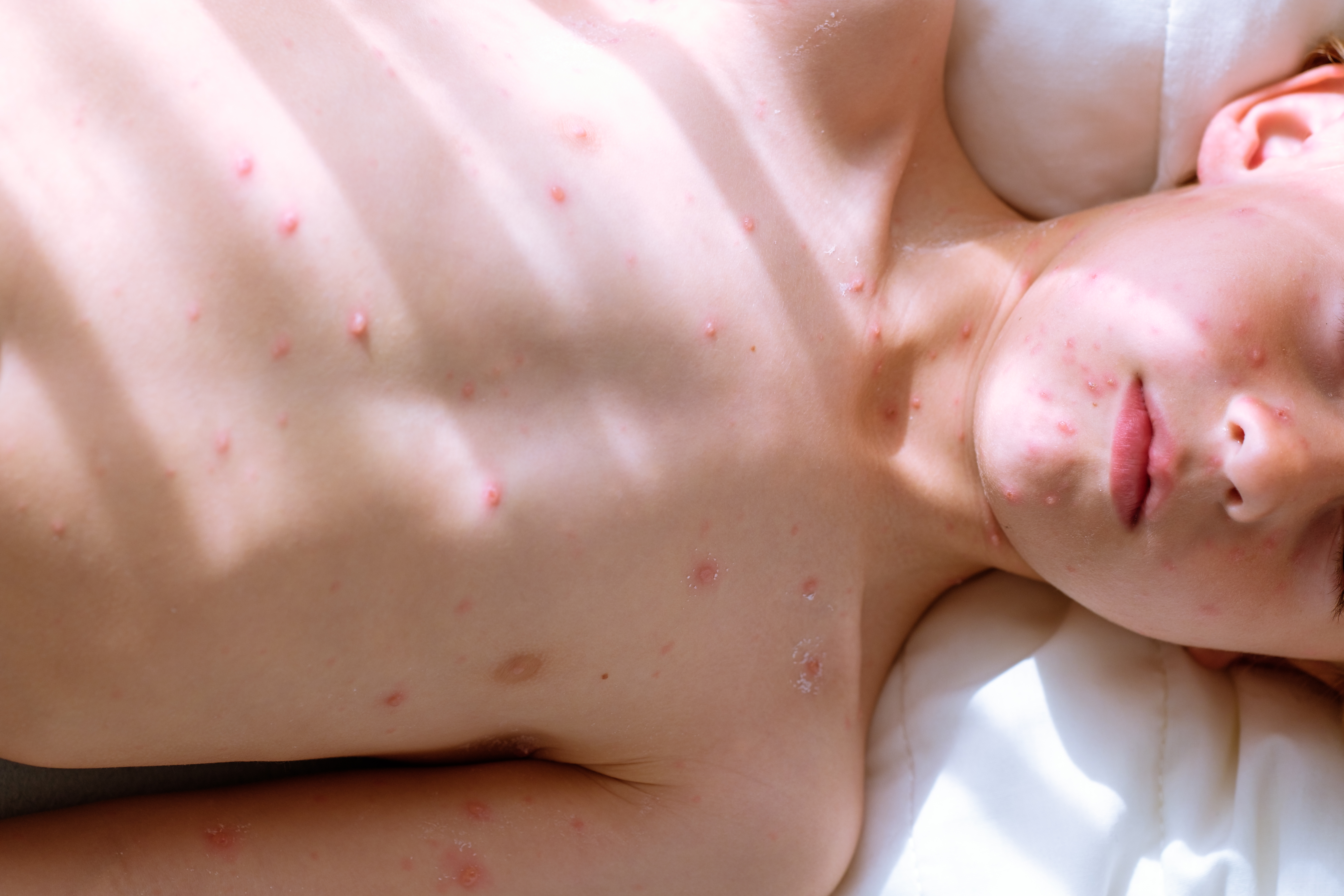10 Subtle Signs of Chickenpox in Children Every Parent Should Know
Chickenpox, also known as varicella, is a highly contagious viral infection that predominantly affects children. Recognizing its early signs can be challenging, yet it is crucial for timely intervention and care. This guide is designed to help parents and caregivers identify and respond to the subtle clues of chickenpox, ensuring that their child receives the appropriate care and comfort during the illness. By understanding the nuances of chickenpox, parents can mitigate complications and promote a smoother recovery. Chickenpox is caused by the varicella-zoster virus and is characterized by an itchy, blister-like rash. While the disease is generally mild in children, it can lead to serious complications if not properly managed. With vaccination efforts reducing the prevalence of chickenpox, many parents may not be familiar with its symptoms. This guide aims to fill that gap by offering insights into the early signs, progression, and care strategies for chickenpox. By the end of this article, readers will be equipped with the knowledge to confidently identify and address chickenpox, reducing anxiety and promoting health and well-being.
1. Early Symptoms: Recognizing the Initial Signs

The first step in identifying chickenpox is recognizing its early symptoms. These initial signs often mimic those of common colds or flu, making early detection challenging. Typically, children may experience a low-grade fever, fatigue, and a general feeling of malaise. These symptoms can appear one to two days before the characteristic rash develops, serving as an important clue for parents to monitor their child closely. In addition to fever and fatigue, children might exhibit loss of appetite and irritability. These subtle changes in behavior and physical condition can be easily overlooked, especially during the flu season. However, being vigilant about these early signs can help parents prepare for the next stages of the illness. Understanding these preliminary symptoms is crucial for timely isolation and care, reducing the risk of spreading the virus to others.
2. The Rash: Identifying Its Unique Characteristics

The hallmark of chickenpox is its distinctive rash, which progresses through several stages. Initially, small red spots appear on the skin, often starting on the face, scalp, or trunk. These spots quickly develop into fluid-filled blisters that are intensely itchy. Over the next few days, the blisters burst, leaving open sores that eventually crust over and heal. This progression from red spots to blisters to crusts is a definitive sign of chickenpox. Unlike other rashes, chickenpox lesions can appear in waves, meaning new spots may develop over several days, leading to a mix of blistering and crusting stages at any given time. This characteristic can help differentiate chickenpox from other viral rashes. Parents should observe the rash's pattern and progression, as it provides a clear indication of chickenpox and can guide the management of symptoms and isolation measures.
